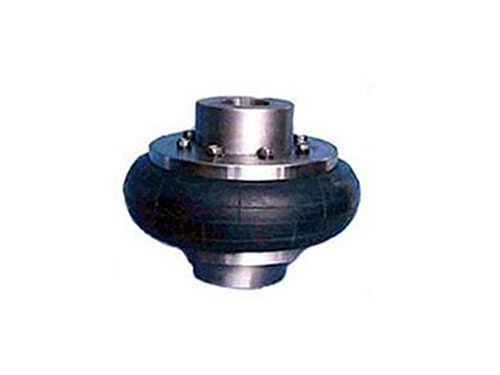 Tire coupling for LLB metallurgical equipmentTire coupling for LLB metallurgical equipment belongs to...
Tire coupling for LLB metallurgical equipmentTire coupling for LLB metallurgical equipment belongs to...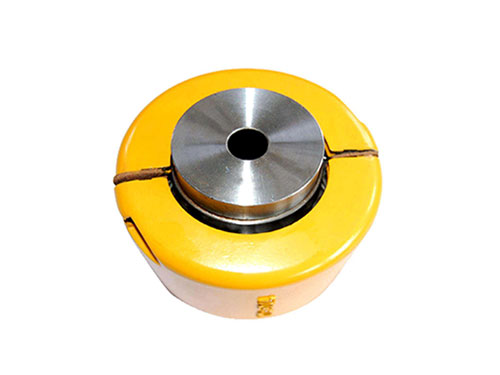 KC type sprocket couplingKC series sprocket coupling is used to connect...
KC type sprocket couplingKC series sprocket coupling is used to connect...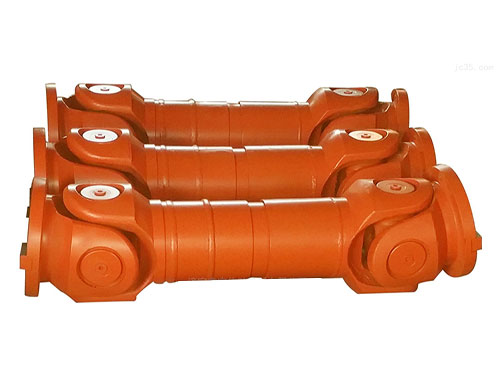 SWP-E type cross shaft universal couplingSWP-E type cross shaft universal coupling is used to...
SWP-E type cross shaft universal couplingSWP-E type cross shaft universal coupling is used to...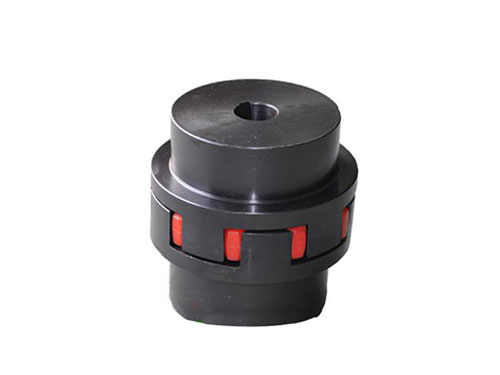 XL connection middle sleeve type star elastic couplingXL connection middle sleeve type star elastic coupling...
XL connection middle sleeve type star elastic couplingXL connection middle sleeve type star elastic coupling...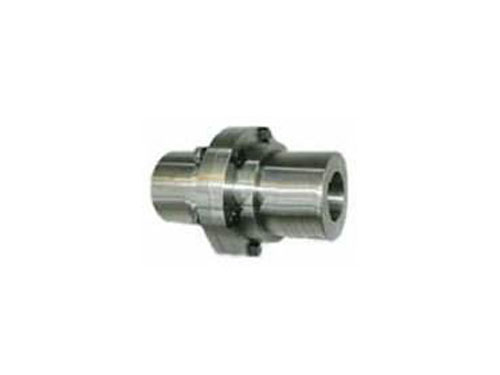 YLD type flange couplingYL type flange coupling can be made of gray cast iron or carbon...
YLD type flange couplingYL type flange coupling can be made of gray cast iron or carbon...What is the cyclic load of an elastic coupling in operation?
The research on elastic couplings started early. Most of the couplings are produced mainly by chemical engineering. The common feature of coupling manufacturers is that the products have high technical content, which can meet the technical needs of current heavy machinery, processing equipment, castings and forgings. And hydraulic and electrical components supporting, management, focusing on technological progress.The stiffness of the coupling includes radial stiffness, axial stiffness and torsional stiffness.In actual engineering, the load changes are often caused by torsional vibration caused by torque fluctuations, so the main stiffness of the coupling is the torsional stiffness.In general, in shafting transmission, the stiffness of other parts of the system will be much larger than that of the elastic coupling. Therefore, in the simplified case, assuming that the elasticity of other parts is zero, only the coupling is considered.的flexibility.The torsional stiffness of the coupling is used as the torsional stiffness of the drive shaft system.
In the process of mechanical transmission, the load transmitted by the transmission shaft system often changes. The reasons for the load change are different, such as unstable motor speed, unstable load of working machine and centrifugal force caused by unbalanced rotating parts in the shaft system. Dynamic loads may cause changes in load.Load changes are often reflected in periodic loads, impact loads, and irregularly changing loads. Elastic couplings can adapt to load fluctuations and have the ability to cushion and dampen vibrations, which are mainly related to the stiffness and damping of the elastic coupling.
What is the cyclic load of an elastic coupling in operation?
1. In order to facilitate the solution of the differential equations of motion, it is necessary to simplify the mechanical models of the moment of inertia and stiffness on the driving and driven sides of the coupling in the transmission shaft system.Usually it is more typical to simplify into two equivalent discs, which are arranged on both sides of the coupling.
2. Periodic load is a typical load form in mechanical transmission.In order to avoid resonance, the changing frequency of the periodic load and the natural frequency of the transmission shaft should be staggered.The method is to change the change frequency of the periodic load or change the change frequency of the shaft system.Because the load change frequency is related to the spindle speed, and the speed is a mechanical performance parameter, generally it cannot be changed at will.
3. So the purpose of not resonating is generally achieved by changing the natural frequency of the shafting system, and changing the natural frequency of the shafting system is generally to change the moment of inertia or stiffness of the shafting system. The moment of inertia is related to the mechanical structure. It is difficult to achieve, and the stiffness of the shaft system is easy to change.Therefore, changing the star-shaped elastic coupling is to change the stiffness of the shaft system to achieve the purpose of avoiding resonance.
4. Although elastic couplings generally have buffering and vibration absorption functions, elastic couplings with relative rigidity do not have the effect of damping vibration under the action of any variable torque. Sometimes it will cause more intense vibration. vibration.
5. Therefore, only when the stiffness of the coupling is coordinated with the other parameters and loads of the entire drive shaft system can the effect of vibration reduction be produced.For a certain drive shaft system, the moment of inertia and natural frequency can have. If you know the changing law of the transmitted torque, such as amplitude and frequency, you can establish the differential equation of the torsional vibration of the shaft system and solve the equation , You can have the required coupling stiffness.
The domestic production and research of flexible couplings began in the late 70s. Most of the domestically produced flexible couplings are based on couplings and improved according to their own needs.For example, the domestically produced TD type tire coupling is a series of products from the heavy machinery factory. Its structure is similar to the CA type and RF type tire coupling, but the design calculations are different, so the dimensions of each part are different.
The quincunx-shaped coupling is to install a whole quincunx-shaped elastic ring between the convex claws of two half-couplings of the same shape to realize the connection of the two halves of the coupling. The squeezing transfers the power, and the relative deviation of the two shafts is compensated by the elastic deformation of the elastic ring to realize vibration reduction and buffering.
The elastic movable pin coupling is a new type of high-performance coupling developed by our country. It combines the advantages of the different structures of the existing standard elastic couplings, such as the advantages of the plum-shaped elastic coupling: the elastic element is squeezed and the structure It is simple and overcomes the inconvenience caused when the plum-shaped elastic coupling replaces the elastic element.
The high-elastic coupling is formed by clamping a metal connecting piece and an elastic element under the pretension of a bolt group, and the elastic element is formed by vulcanizing and tightly combining rubber and a cord.